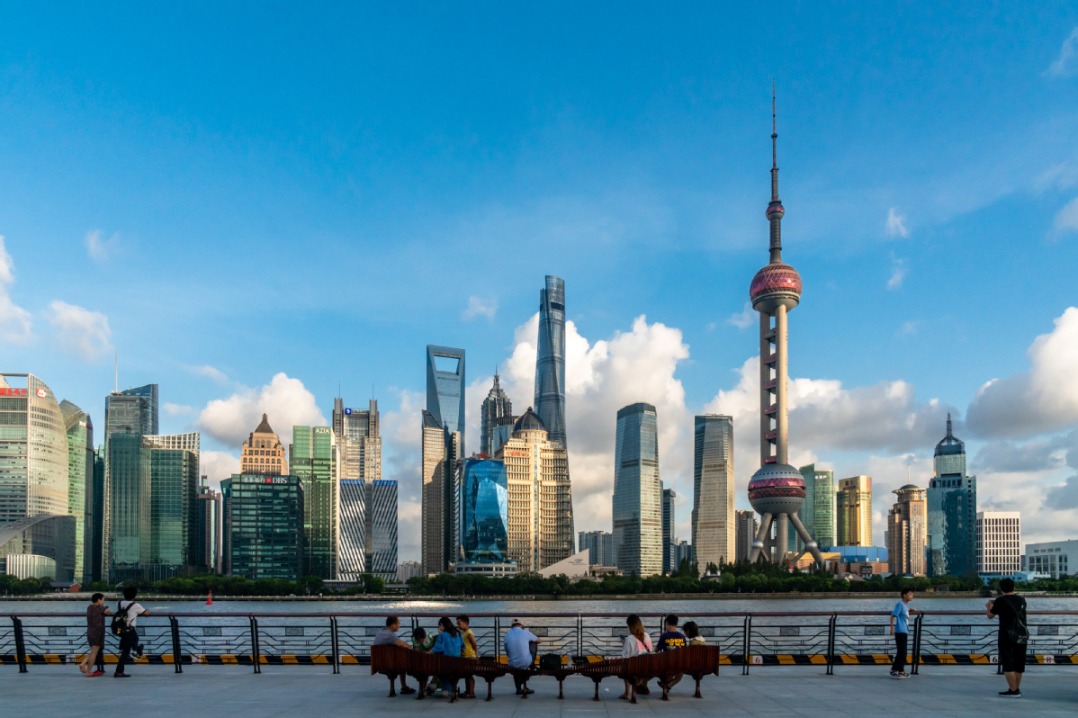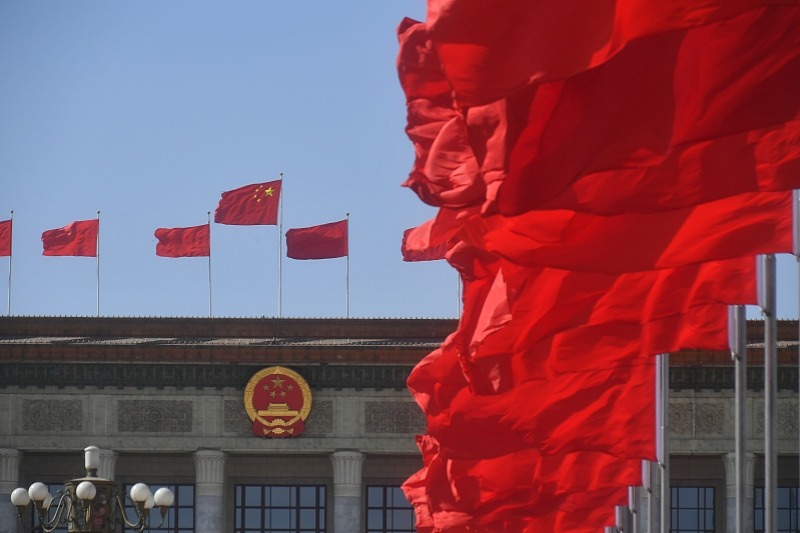Heralding wrack and ruin


WANG XIAOYING/CHINA DAILY
US effort to extend NATO into Asia-Pacific is an unwelcome risk-laden move to contain China by militaristic means
That NATO seeks to expand eastwards into the Asia-Pacific seems almost redundant given the proliferation of foreign militaries participating in military exercises in the region.
In Asia and Australia, the land, sea and air are filled with the sound of military maneuvers. The Rim of the Pacific (RIMPAC) exercise brings the warships of 29 nations together in the Pacific. Exercise Pitch Black sees fighter jets from 20 countries participating in mock air battles over northern Australia. Predators Run, again in Australia, features the combined exercises of ground troops from four nations.
Australian media covers the RIMPAC exercise with lurid headlines. "The 29 countries gearing up for war against China, Russia and North Korea "while ignoring the inherent provocative nature of these exercises. The conflation of China's policy stance as being the same as that of the Democratic People's Republic of Korea and Russia is unjustified but it is a common theme stitched together by the NATO countries and their allies.
Even if the armed forces of the US' Asia-Pacific allies are not officially part of a NATO exercise, the consequences of this de facto expansion cannot be ignored. It is driven by a manufactured fear of China and an unacknowledged Western longing for the imperial past.
Fear of China is often used to explain this NATO desire to expand its influence and interference. It's a headline reason that masks a deeper insecurity and historical longing. It's said that as the glory of empire fades the appeal of a romanticized empire grows.
It certainly played a part in the United Kingdom's return to the Association of Southeast Asian Nations region with belligerent sail-throughs and the establishment of joint base facilities in Australia. France still refuses to surrender control of its colonial possessions in the Pacific.
This revisionist longing applies more broadly and NATO brings together all the historical European colonial powers, including the most recent imperial power of all, the United States. In a mixture of romance, industrial necessity and a fondness for past glory, NATO is now contemplating a move eastwards into the old colonial stamping grounds of Asia.
The crude exploitative relationships of past colonialism were not welcome. They were shrugged off following the end of World War II. In the first quarter of the 21st century, there is no desire for a return of this Western arrogance.
For many in the Asia-Pacific there is a strong determination not to give up the gains of post-colonialism which were often won by bloody revolution. There is also pride in the ASEAN model of peaceful resolution of regional issues. An expansion of NATO is seen as a threat to decades of peace.
Former president of the United Nations Security Council Kishore Mahbubani gives three reasons why, as he writes: "NATO in the Pacific only means trouble for the region."
First, NATO is not a geopolitically wise organization. The Cold War ended over 30 years ago and now it desperately looks for new missions to sustain its military industry and bureaucracy. In the process, it has destabilized Europe and will do the same in the Asia-Pacific region.
The second major weakness is that NATO has often started a military campaign and then walked away from the disastrous consequences of its intervention. This is a risk that NATO brings to the Asia-Pacific region which would bear the consequences of ill-conceived ambition.
The third danger is the threat to the very cautious and pragmatic geopolitical culture developed by ASEAN. Over the past 30-plus years since the end of the Cold War no bombs have been dropped anywhere in East Asia.
Mahbubani says NATO could end up exporting its disastrous militaristic culture to the relatively peaceful environment developed in East Asia.
Malaysian Prime Minister Anwar Ibrahim echoes Mahbubani's desire to remain free from Western provocation in the region. "My concern, my issue, is don't unnecessarily provoke an escalation. We want to ensure that this region remains neutral, free from superpower rivalries."
The ongoing Western provocation of China concerns many nations who seek to avoid the militaristic solutions represented by NATO and other military activities by Western nations active in the region.
President of the Democratic Republic of Timor-Leste Jose Ramos-Horta noted: "The Chinese are actually sensitive to the sensitivities of our neighbors. So, they are more respectful of Australia's position than Australia is of the Chinese position."
The recent understanding reached by the Philippines and China on the arrangement for the resupply of daily necessities and rotation missions to the beached Sierra Madre show how both sides recognize the need to "de-escalate the situation in the South China Sea and manage differences through dialogue and consultation".This cooperative resolution stands in contrast to NATO's track record in dispute resolution.
As the major NATO member country, the US has a long and sordid history of conflict. Former president Jimmy Carter rightly described the US as "the most warlike nation in the history of the world".
NATO's organizational model is a potential threat to Asia-Pacific regional peace and security because it further unifies US efforts to contain China by militaristic means. Regional players such as the Republic of Korea, Japan and Australia are already building the capacity, with US backing, to sustain efforts to contain China. This is driving the militarization of the Asia-Pacific.
NATO and its potential allies seek to manufacture an excuse for war. The challenge, from the perspective of Asia-Pacific security in the region, and for China, is to remain steadfast in the face of this NATO provocation.
The author is an international financial technical analysis expert and a former national board member of the Australia-China Business Council. The author contributed this article to China Watch, a think tank powered by China Daily. The views do not necessarily reflect those of China Daily.
Contact the editor at editor@chinawatch.cn.


































